By Joan Torres 30 Comments Last updated on August 8, 2024
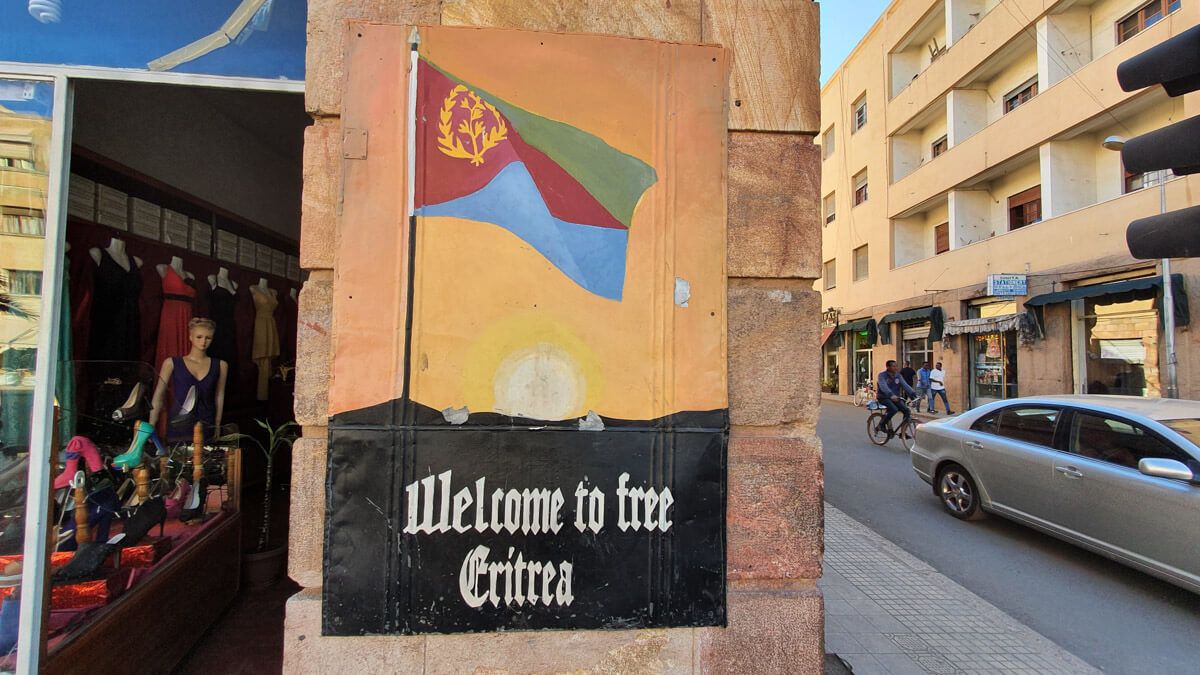
Popularly known as the North Korea of Africa for being the most repressive and hermetic country on the continent, Eritrea is a real off the beaten track, undiscovered gem which not many people know about.
Paradoxically, this is a surprisingly chilled-out and tourist-friendly destination, filled with kind-hearted people, huge diversity, and loads of unique things to do.
Only being independent since 1991, after a 30-war against Ethiopia, traveling to Eritrea is the ultimate offbeat experience in Africa.
This guide contains everything you need to know about doing tourism in Eritrea, including visas, permits, tips and a 9-day itinerary.

In this Eritrea travel guide you will find:
our recommended travel insurance for Eritrea
IATI Insurance is one of the very few that covers travel in Eritrea.
🇪🇷 Introduction: what’s tourism in Eritrea like
Eritrea is a tiny nation sitting on the shore of the Red Sea, nestled between Sudan, Djibouti, and Ethiopia.
When I was traveling in Ethiopia, many travelers asked me what traveling in Eritrea was like, and I always told them:
Eritrea is sort of an extension of Ethiopia, very similar, but extremely different at the same time.
The dominant group in Eritrea are the Tigrayans, a group of people who share the exact same culture as Ethiopians from Tigray region, in the north of the country, one of the most touristic regions in Ethiopia.
 Tigrayan women in Eritrea. If they told you these women were from Ethiopia, you would believe it
Tigrayan women in Eritrea. If they told you these women were from Ethiopia, you would believe itHowever, in Eritrea, you also find many different ethnic groups and what makes tourism in Eritrea unique unlike Ethiopia is that this used to be an Italian colony, just like Libya, from 1890 until 1943.
And, since this colonization is so recent, plus the Italians created the country pretty much from scratch, the Italian influence is very present, and visible, especially in Asmara, which was entirely built by the Italians, a capital filled with art deco buildings, palm-lined streets, and lovely cafés whose terraces are packed with Eritreans slurping delicious macchiatos.
Unlike most capitals in Africa, Asmara has a sophisticated African style and is a reason in itself to visit Eritrea.
However, once you leave the capital, you’ll find yourself in one of the most traditional countries on Earth, like if you traveled back in time.
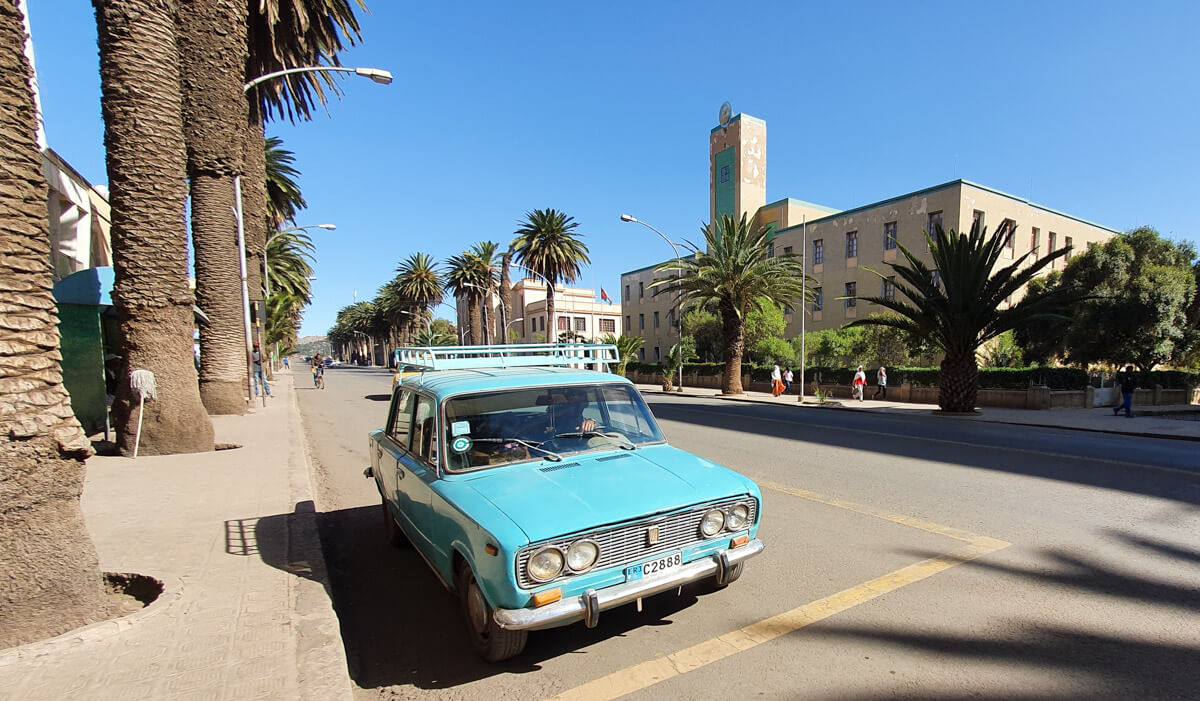 Old School Fiat in the center of Asmara. When you travel in Eritrea, you see more of these cars than in Italy itself
Old School Fiat in the center of Asmara. When you travel in Eritrea, you see more of these cars than in Italy itself🪪 How to get a visa for traveling to Eritrea
Getting a valid tourist visa for visiting Eritrea can take time and money but it is easier than most people assume it will be.
1 – Getting an Eritrean tourist visa via embassy
This is the cheapest way but it can take a lot of time, usually more than 1 month; plus there are only a small number of Eritrean embassies around the world, typically in those countries where there is a significant Eritrean population, including France, the UK, Italy, Sweden, Switzerland and the USA.
If your home country doesn’t have an Eritrean embassy, it is also possible to mail both your passport and application form to the nearest one but I think they are very unreliable.
Contact your nearest embassy to find out all the specific requirements & instructions.
Your experiences and reports are welcome.
2 – Getting a tourist visa on arrival (via a travel agency)
This is the most convenient way of getting a visa for Eritrea.
Visa on arrival is available to those travelers who book a tour for Eritrea with a local tour operator.
They’ll issue a Letter of Invitation, which you must show to the respective authorities when arriving in Asmara.
What kind of tour do you have to book?
It depends on the tour operator. They may either charge you an administrative fee, or make you book a few-day private tour.
The first time I traveled to Eritrea was in 2020. The local agency charged me 250 USD for processing my visa and 70 USD for a minimal tour, which included airport pick up and drop off, plus 1 night in a relatively good hotel, so 320 USD in total.
I have been quite a few more times since then, but always as a tour leader for our group expeditions.
Everyone in our groups always gets a visa on arrival. These are the expeditions we have scheduled in 2025:
How much does the visa cost?
The visa costs 70 USD, and must be paid in cash at the airport, in US dollars.
Processing your visa at the airport can take a while, sometimes up to 1 hour, depending on how many Eritreans with a foreign passport were on your flight.
How long is the visa valid for?
The visa for Eritrea is valid for 30 days.
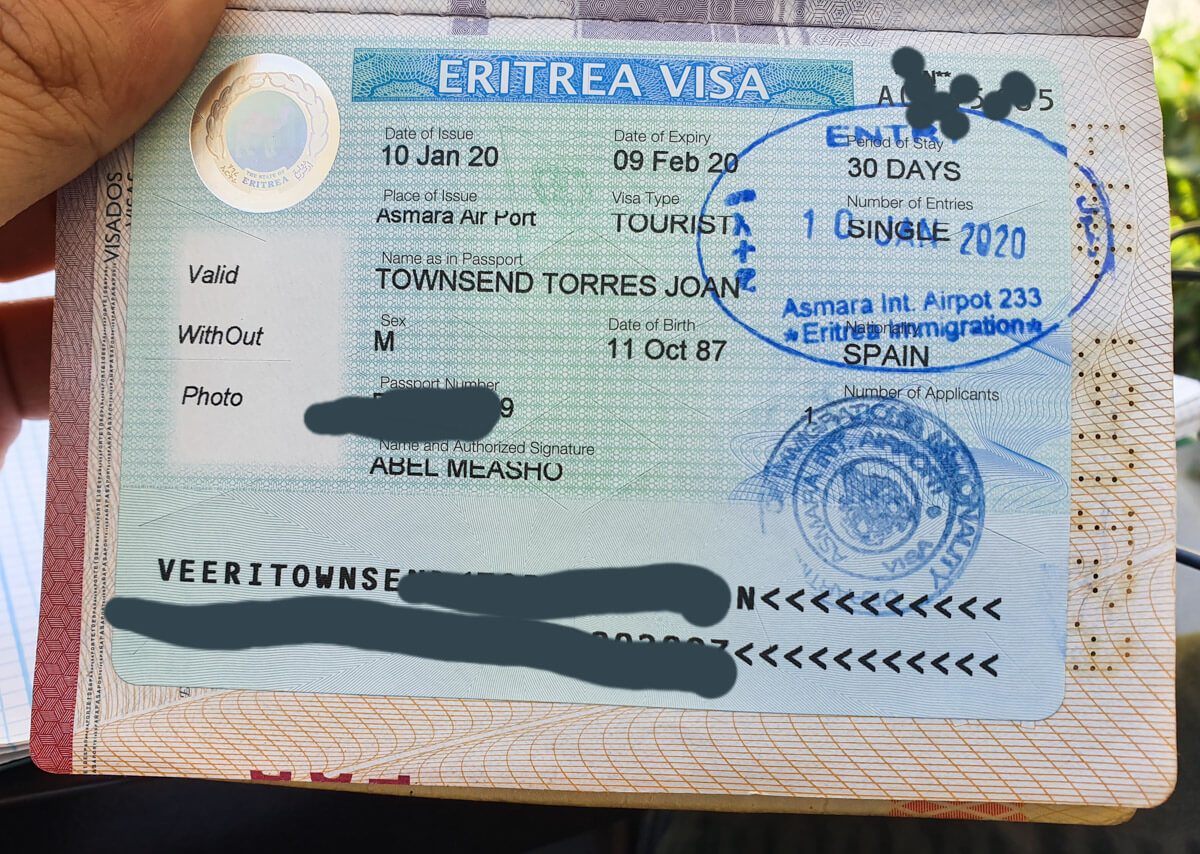 My Eritrean visa
My Eritrean visaPermits. Is independent travel in Eritrea allowed?
Eritrea is known as the North Korea of Africa for a few reasons, one of them being that a large part of the country is heavily restricted and off-limits to tourists.
Another reason is that you need to get a specific permit for any place you visit outside of the capital, one for each different place you visit.
How to get your travel permits for Eritrea
Travel permits can be obtained at the Ministry of Tourism’s office, a small office located right in the city center, just across the big Roman Catholic Church.
Each permit costs around 150 nakfas (10 USD) and they typically take half a day to process. For example, if you apply in the morning, you can pick it up in the afternoon and, if you apply in the afternoon, you can pick it up the next day.
By the way, you’ll also need a permit to visit the tank graveyard just outside of the city. This permit only costs you 50 nakfas and can be issued instantly, from the moment you pay for it.
Important: The office is closed on Sunday.
When applying for your different permits, you must specify the exact dates you are going to spend in each place, so you really need to plan your day-by-day itinerary.
This sucks because it means that there is no room for improvising.
To be honest, the police never asked me for the permit, but all hotels did and, if the day you arrive doesn’t match the specified date in the permit, they won’t host you.
What happens if you travel without a permit?
I did visit one town (Foro) in which a special permit was required but I didn’t have one.
There was a checkpoint right at the town’s entrance but the bus didn’t stop and, since it was market day, the village was packed with people from all over the region. I went there on a day trip from Massawa.
According to my local partner in Eritrea, the reason they don’t ask for your permit is that they just assume you’ll have one.
Which places in Eritrea are open to travel?
When you are traveling in Eritrea, it doesn’t look like you are traveling in one of the most repressive states in the world: you barely see any police, and the atmosphere is so chilled that you never feel any sort of tension.
However, it’s important to remember that, as a traveler, you can only visit a fraction of the country.
During my trip to Eritrea, I could never stop wondering: what is actually going on in that unknown part of Eritrea?
While it’s true that certain areas are closed due to border tensions, there are some regions with no apparent reason for being closed, my only interpretation being that they just want to hide something from us.
In any case, a significant part of Eritrea is actually open to travelers.
What happens if you visit a forbidden area?
During my first trip to Eritrea, I met one Italian who tried to sneak into a no-go area near Keren, but he got caught by the authorities at the first checkpoint. They held him for a few hours before letting him go. No big deal, he said, but that’s because that area was near Keren, not super sensitive. I’d not try this in other further areas.
Places which are good to visit in Eritrea
Asmara: The capital is all traveler’s first introduction to Eritrea. This is the only place for which you don’t need a permit and in my humble opinion, the best place in Eritrea, mainly due to the Italian heritage that makes the city being so vintage, the closest thing to traveling back in time.
Keren: The predominantly town of Keren is more similar to Sudan to the Eritrean capital. The most famous market in all of Eritrea takes place here every Monday.
Decamhare: A town southeast of Asmara that served as the industrial hub for Italian Eritrea. At its peak in 1938, almost half the town’s inhabitants were Italian citizens. Decamhare still has good examples of colonial architecture.
Qoiato: A pre-Axumite archaeological located at 2,600m on the edge of the Great Rift Valley, from where you get stunning canyon views.
Senafe: The only place close to the Ethiopian border, which you can visit. There isn’t much to do in the town itself except for hiking to the top of a mountain, which also happens to be a Christian pilgrimage place for Eritreans.
Massawa: A coastal city occupied by the Ottoman in the 16th century, hence the different feel and architectural style.
Foro: A small village whose main interest is the weekly market that takes place on Thursday, and where you are likely to meet Afar people.
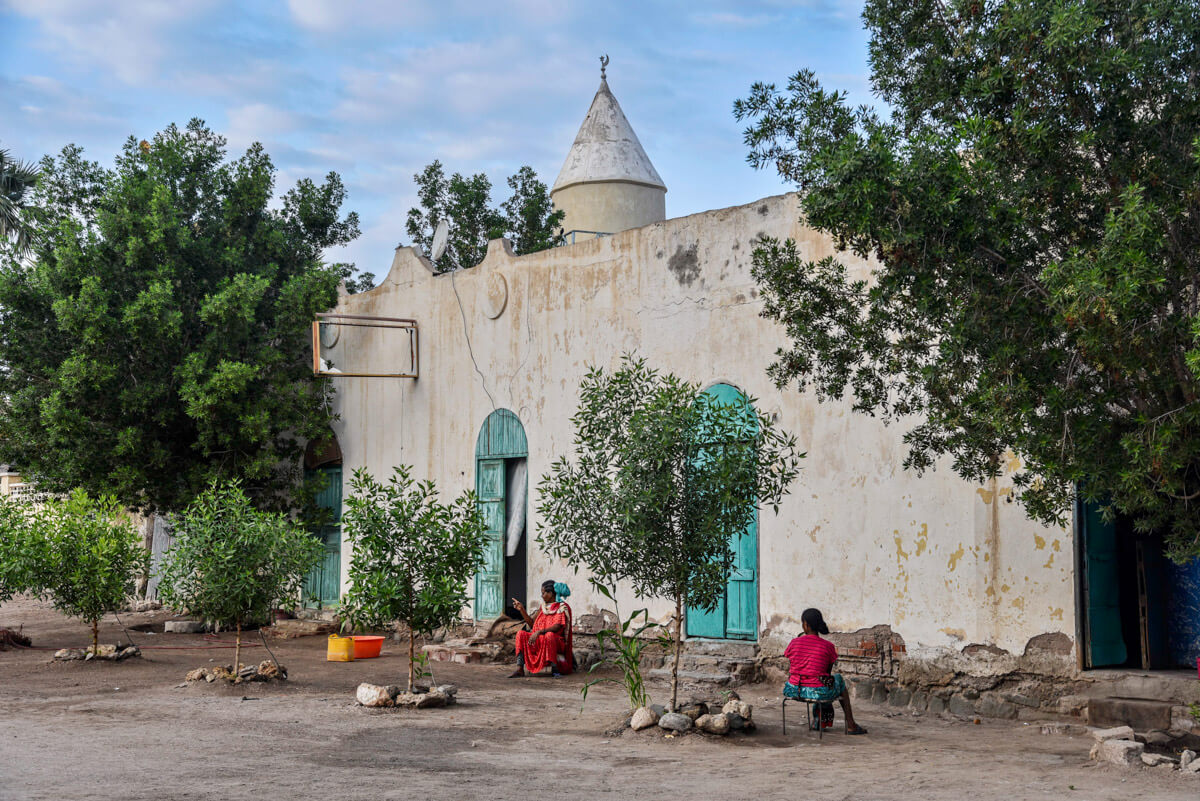 The Old City of Massawa is particularly beautiful, but you need to a permit to visit it
The Old City of Massawa is particularly beautiful, but you need to a permit to visit it🚑 Travel insurance for Eritrea
I strongly recommend IATI Insurance because:
- Covers travel in Eritrea (which is rare)
- Covers both short-term trips and 1-year-long trips.
- Readers of this blog can get a 5% exclusive discount
⛅ Best time to visit Eritrea
Do you know what slogan the Ministry of Tourism uses to promote tourism in Eritrea?
Eritrea, 3 seasons in 2 hours.
Sitting at an elevation of 2,235 meters above sea level, Asmara might be one of the highest capitals in the world, a city which enjoys relatively cool weather all year round and, by only driving a few hours, you can get to the green rolling hills around Ginda, the humid and utterly hot shores of the Red Sea or the desert plains near the Afar region.
Therefore, you can visit Eritrea all year long, except for the Red Sea, which has similar summer temperatures to Saudi Arabia.
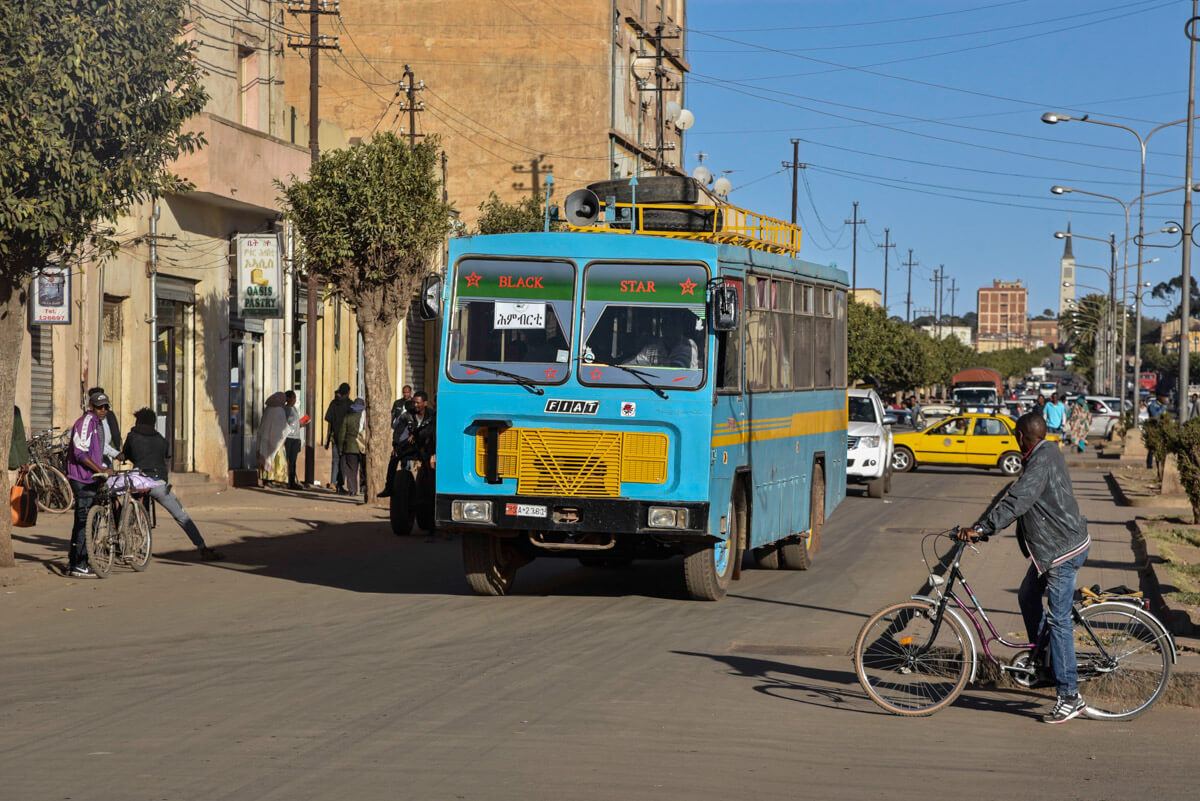 Asmara’s weather is kind of cool all year round, so you can visit it at any time
Asmara’s weather is kind of cool all year round, so you can visit it at any time🛫 How to get to Eritrea
Eritrea shares a border with Sudan, Ethiopia, and Djibouti but, as of today, all borders are closed, at least to foreigners.
After Eritrea and Ethiopia signed the Peace Agreement in 2018, they agreed to open the border after decades of being shut down but, unfortunately, Eritrea decided to close it again after a few months, as many of the Eritreans who crossed into Ethiopia never came back in an attempt to seek freedom.
Therefore, the only way to travel to Eritrea is by flying in.
I personally came from Istanbul with Turkish Airlines, but you can also fly in from Addis Ababa (Ethiopian Airlines), Cairo (Egypt Air) or Dubai (FlyDubai).
📚 Best books for backpacking in Eritrea
Understanding Eritrea: Inside Africa’s most repressive state, by Martin Plaut
Amazing book written by a BBC journalist, which helped me to understand the complexity of Eritrea, as well as its relationship with Ethiopia, a key factor in the evolution of the country.

Eritrea travel guide by Bradt
The last edition is from 2007 (the one I have) but the good news is that Bradt is releasing a new one in December 2020. Bradt specializes in offbeat destinations and has the most insightful guidebooks about destinations in Africa. I love Bradt.
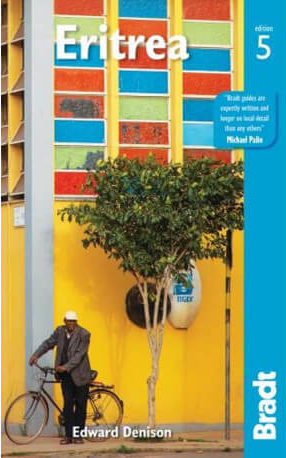
Eritrea: the people and culture
Despite its small size – only 6 million people – Eritrea is a complex society, ethnically speaking.
Ethiopia is also home to several ethnic groups, especially in the Omo area. Read my Omo Valley travel guide
As I said in the introduction, Tigrayans are the dominant group but Eritrea is composed of 8 more different ethnicities: Tigre, Rashaida, Afar, Saho, Bilen, Beja, Kunama and Nara.
If you visit Keren, you will meet the Tigre, nomadic Muslims.
If you go to Foro or any place south of Massawa, you are likely to meet Saho people, whose women dress up in some very colorful attire. In Foro, I also got to see many Afar people.
Here you can read more about ethnic groups in Eritrea.
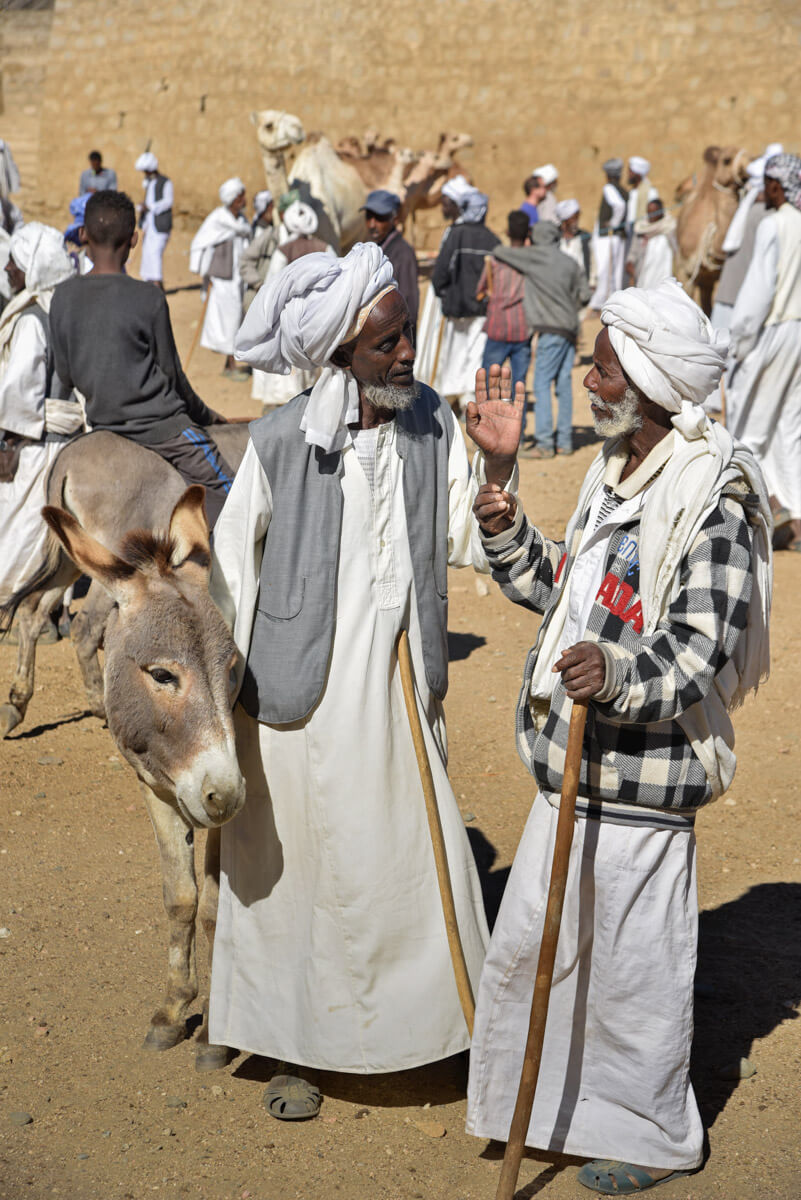 Keren Market, Tigre people, one of the best shots I took during my trip to Eritrea
Keren Market, Tigre people, one of the best shots I took during my trip to EritreaFrom a traveling perspective, Eritreans are kind and pleasant people to deal with.
Scams are rare and expect many Eritreans to approach you to ask your opinion about Eritrean culture, or what have you learnt about their culture. In Asmara, they would asked me this question several times a day.
Other than that, most locals talking to you just want to have a small chat because they are curious, not because they want to get something from you, unlike in neighboring Ethiopia.
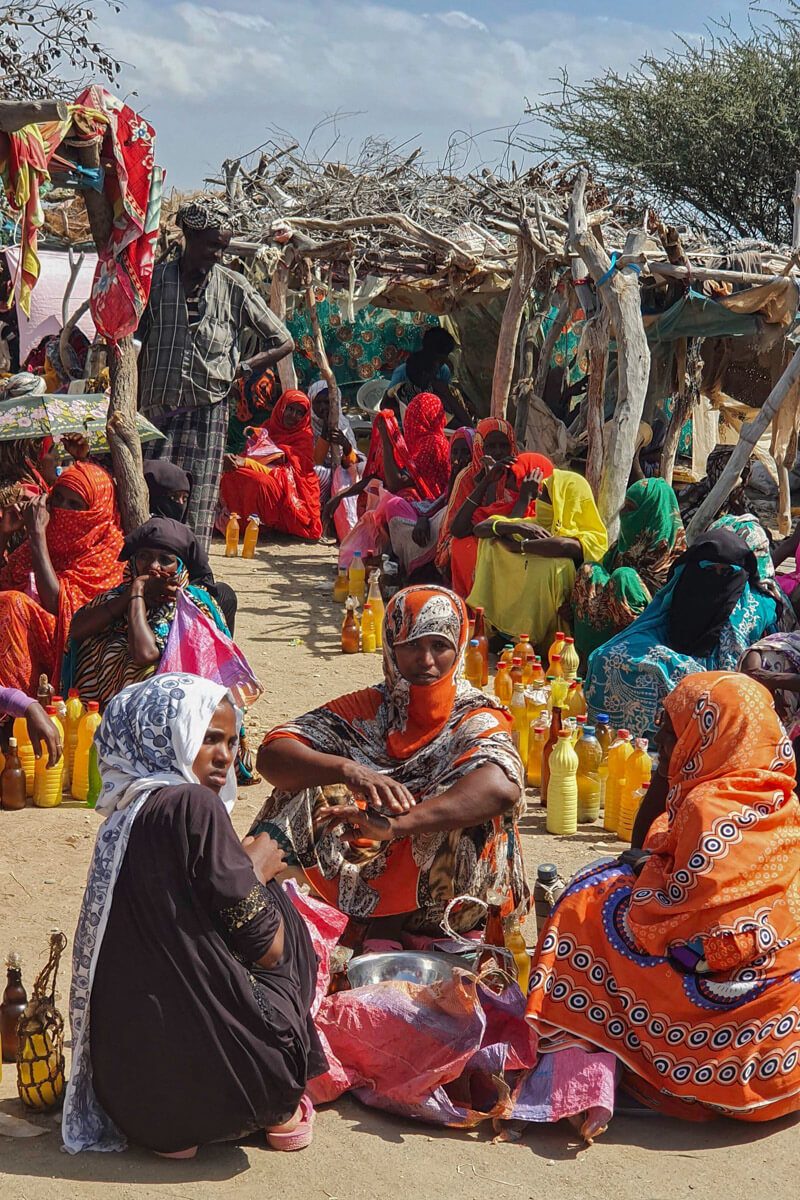 In Foro, I think these women are Saho
In Foro, I think these women are SahoLanguage in Eritrea
All the languages spoken by the different ethnicities are considered official but Tigrinya – and also Arabic – is the governmental language and the most commonly used among all Eritreans.
Tigrinya is a Semitic language that comes from Ge’ez and is the official language in Tigray region, northern Ethiopia.
It also has many similarities to Amharic, the official language in Ethiopia.
Do Eritreans speak English?
Surprisingly, you always meet someone who speaks decent English, especially in Asmara.
I also met many people speaking Italian, usually Eritreans above 60 or 70 years old.
To be very honest, language shouldn’t be a barrier when backpacking in Eritrea.
Religion
Religion is a big deal in Eritrea and, according to official sources, Christianity is practiced by 60% of the population, whereas Islam is by 40%.
Most Christians are Orthodox – but there are Catholics too – from the same Orthodox branch as Ethiopians.
In most cases, religion is based on ethnicity, which means that it is very regional, the northern part close to Sudan being very Muslim, while the area close to Ethiopia being very Christian.
Churches are always packed and I recommend you attend the Sunday service that takes place early in the morning, around 6am, in which the locals sing some very peculiar canticles.
Are you traveling around the Horn of Africa? Check my Somaliland travel guide
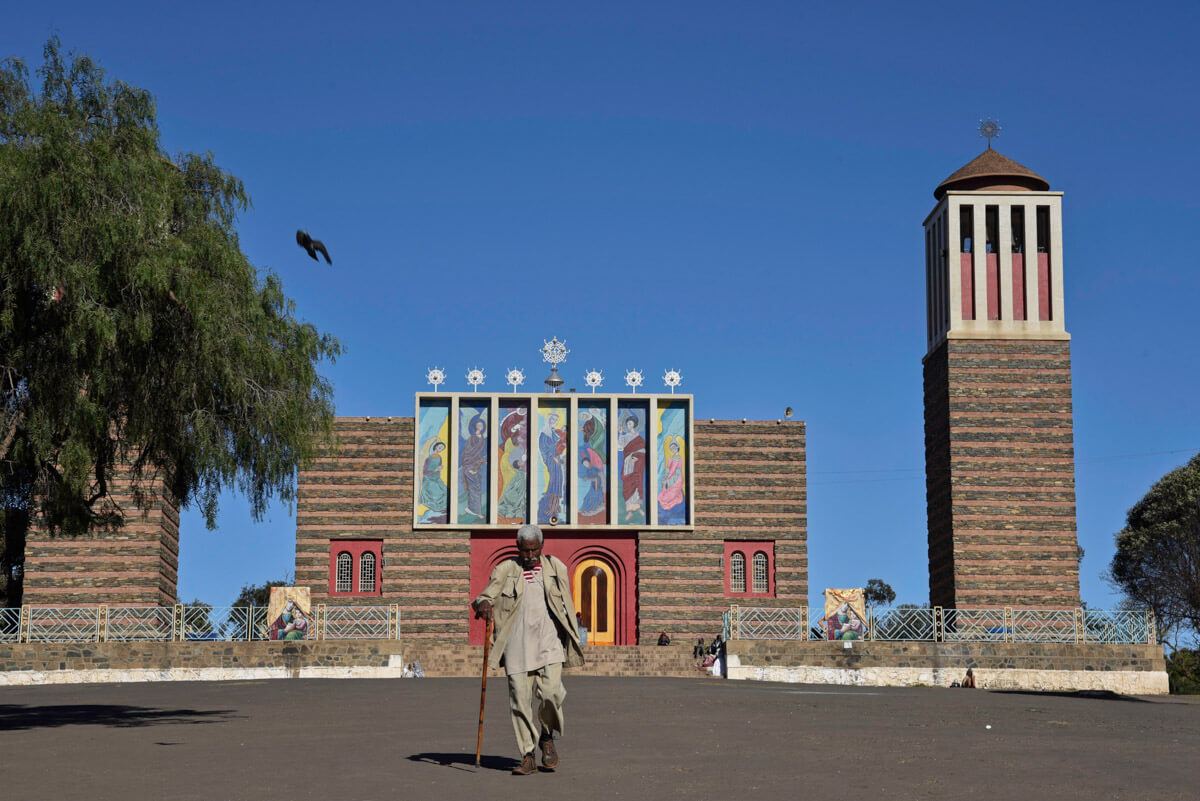 The most important Orthodox Church in Asmara
The most important Orthodox Church in Asmara⚠️ Is it safe to travel to Eritrea?
Is Eritrea safe? Well, it is said that Eritrea is one of the safest countries in Africa.
For real.
I have been walking in the center of Asmara at 3am, with many people hanging out outside of the different bars and nobody bothered me.
In Eritrea, you bump into the occasional intense and slightly aggressive beggar, but more often than not, if noticed by a local, they will approach and tell him to get the hell out.
Crime in Eritrea is pretty rare, everybody says so, and I never heard of any foreigner saying otherwise.
For whatever reason, Eritrea is not like other African countries.
Moreover, according to the FCO advice, all Eritrea is safe to go except for the area within 25km of Eritrea’s land borders but that’s because of past conflicts, nothing to worry about today and, in any case, as a tourist, you can’t even go there.
Taking photos of local people
Like in any traditional country, the streets of Eritrea are filled with great picture opportunities.
In my experience, in Christian areas, people were mostly OK with you taking photos, and I only had a few issues in very traditional Muslim areas, even when taking photos from far away, especially if there were women in the frame.
As a responsible traveler and, like you would do in any other country, ask for permission first.
Talking about local politics in Eritrea
Honestly, the only potential danger you might face when visiting Eritrea is talking about politics.
You should never say anything negative about the Government to people you don’t know or trust, since that’s enough reason to be put away for a while.
I only talked deeply about politics with one Eritrean and every time I asked him a question, he would look around and whisper his answer in my ear.
I had never seen anything like that before. Crazy.
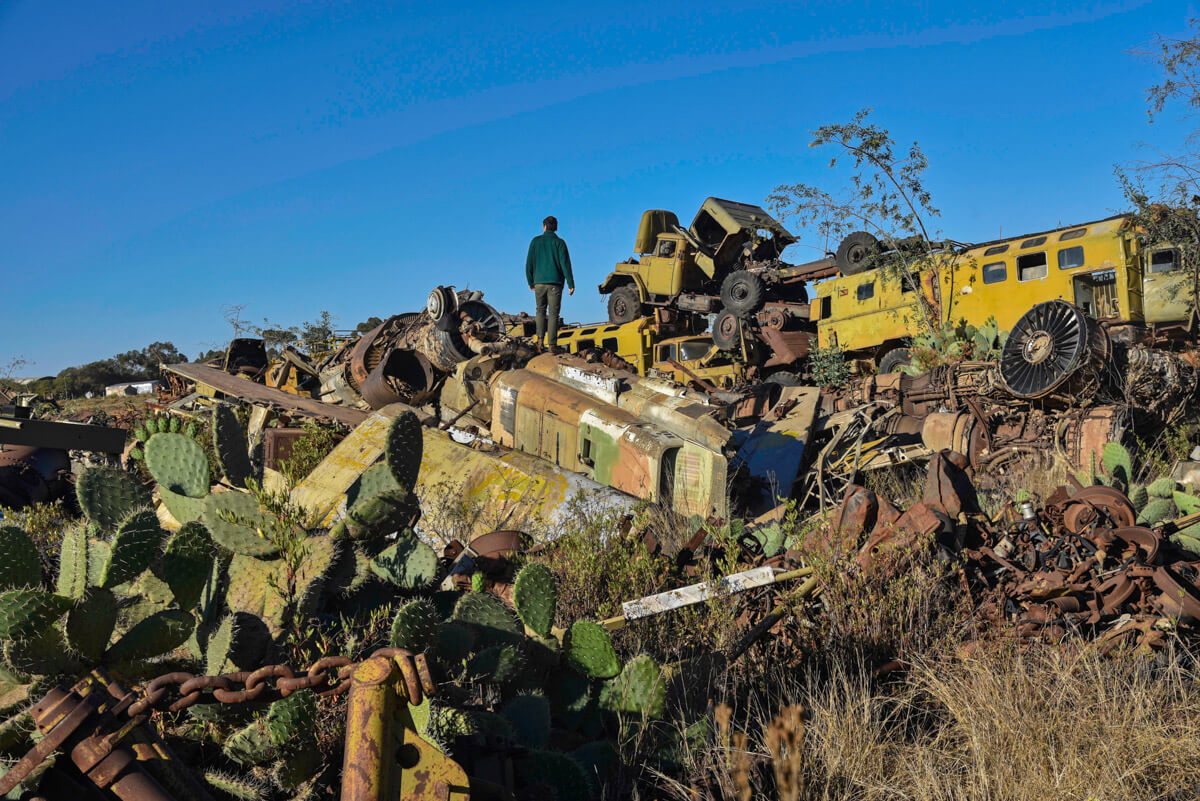 The tank graveyard in Asmara, one of the most popular attractions to visit in Eritrea. All the military arsenal the Ethiopian army left behind during the Ethiopian-Eritrean war
The tank graveyard in Asmara, one of the most popular attractions to visit in Eritrea. All the military arsenal the Ethiopian army left behind during the Ethiopian-Eritrean war🍲 Food & drink in Eritrea
The local traditional food in Eritrea is pretty much the same as in Ethiopia, no big difference, other than a slight change in their names and spices.
Injera, the teff-based flat, sour, fermented bread is the base of any local meal.
Some local dishes you must try are:
- Tibsi: small pieces of lamb fried in tomato sauce, always accompanied by injera.
- Shoro: spicy chickpea paste, also accompanied by injera.
- Kicha: pieces of flat bread dipped in different sauces or stews. Weird, too much bread for me.
- Foul: Smashed beans, typically eaten for breakfast
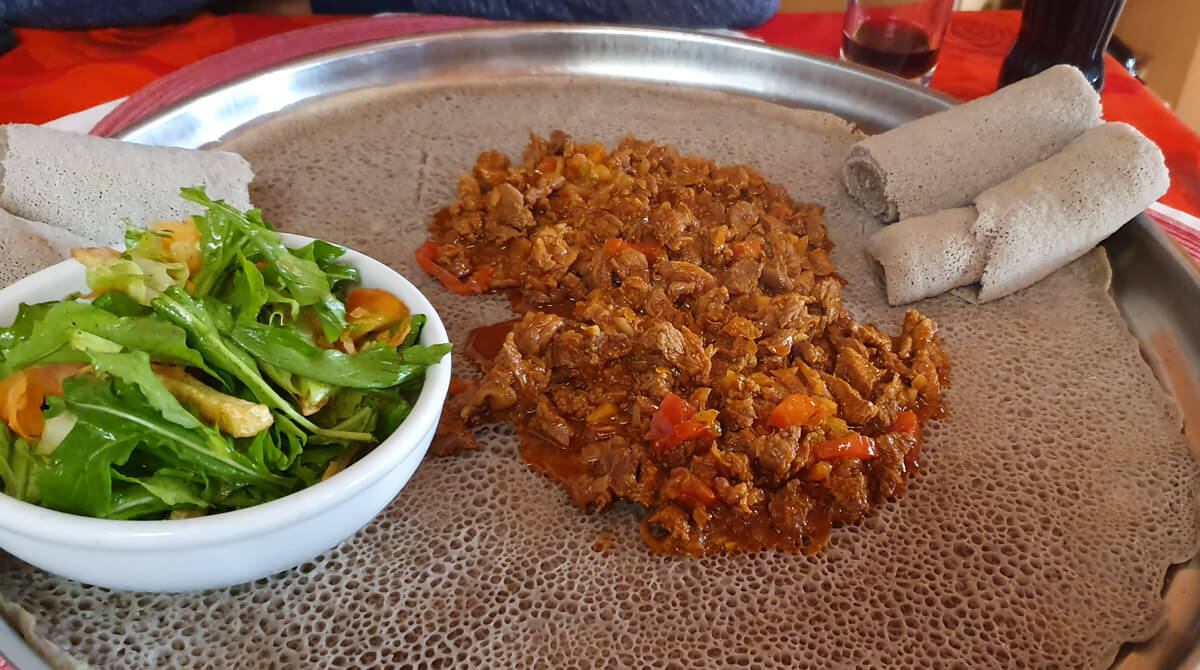 Tibsi, fried lamb in tomato sauce, with injera
Tibsi, fried lamb in tomato sauce, with injeraThe biggest difference from Ethiopia is that in Eritrea, because of the Italian influence, you find a lot of Italian food and in some restaurants, it is great, with pasta al dente and delicacies such as caprito al forno (lamb in the oven) or parmigiana.
If you are vegetarian, you need to say you want nait-som (pronounced like night-some), which literally means fasting-food. Christian Orthodox Eritreans fast twice a week at least, days on which they can only eat vegan, so that’s why most restaurants will always serve vegetarian dishes. The traditional fasting dish usually consists of lentils and other stews with injera.
Alcohol in Eritrea
Beer is widely available in Eritrea, including in Muslim towns, but they only produce one brand: Asmara Beer. It never costs more than 15-25 nakfas (1-1.50USD)
What is funny about Asmara beer is that it always tastes different.
Sometimes it comes so light and watery, while on other occasions it is like one of those unfiltered, thick beers. Weird.
In bars and more exclusive restaurants, you can find a wide variety of wines and spirits but because they are all imported, they are very pricey.
Coffee in Eritrea is a big deal
If you like good coffee, you are going to love to travel to Eritrea. Their coffee is mostly imported from Ethiopia but they prepare it in Italian style and in the endless cafés around Asmara macchiato is the way to go. To be very honest, what they serve isn’t real Italian macchiato, but more like a Spanish cortado, but they do it very well, with thick foam and great presentation. If you like it strong, you need to order a black macchiato. Otherwise, they put too much milk in, in my opinion.
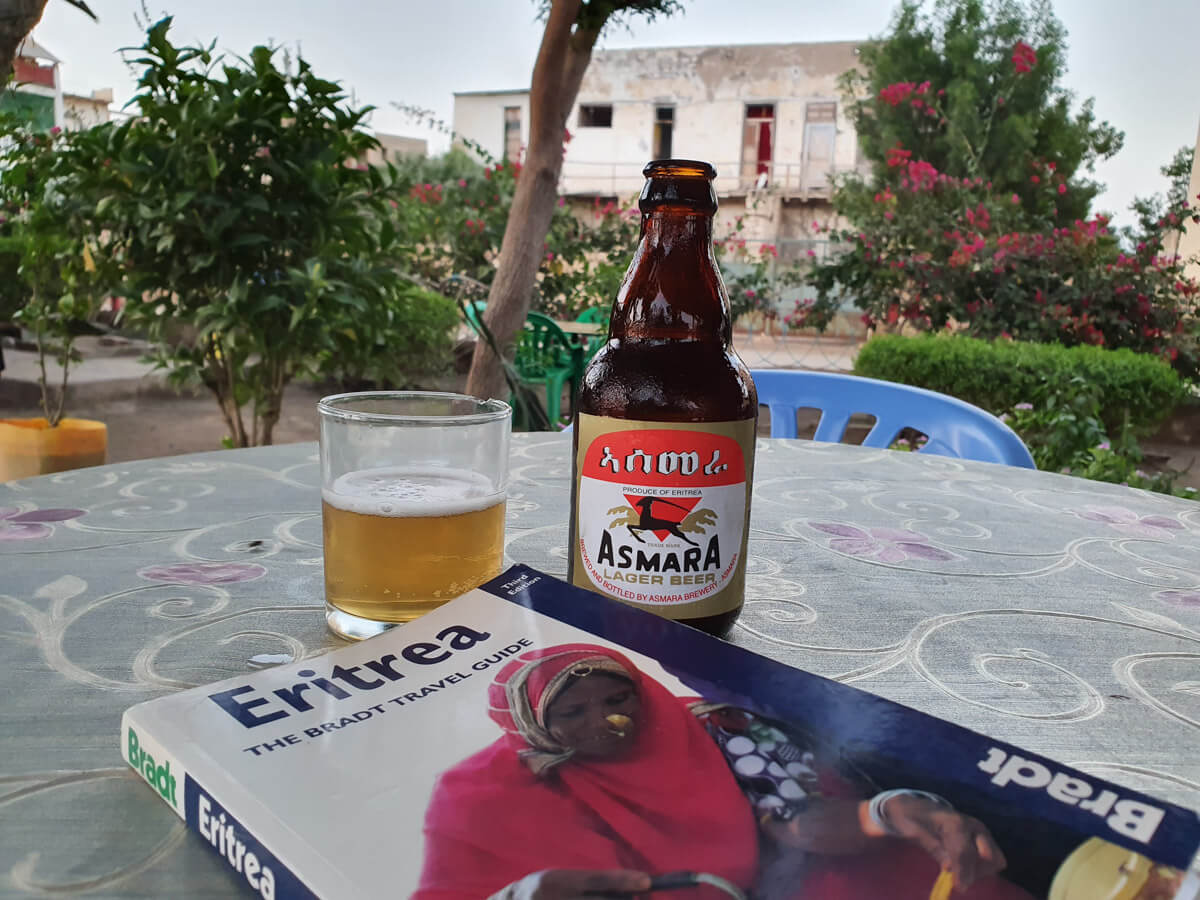 Best time of the day 🙂
Best time of the day 🙂💻 Internet and connectivity in Eritrea
This is a pretty important section.
Fact: in Eritrea, there is no internet.
Well, this isn’t entirely true but mobile internet doesn’t exist, really.
The only places where you can connect to the internet are in cyber cafés and specific hotels, in which you need to buy a voucher that costs around 1USD and can be used for 1 hour.
However, the internet is absolutely awful and all you can do is send WhatsApps, text emails or simple browsing.
In addition, you can’t use it unless you connect to a VPN.
This means that, before traveling to Eritrea, you must download all the information needed for traveling, plus all your music, Netflix movies, etc.
Some travelers told me that the internet situation is similar to the one in Cuba but the little internet you get is even slower.
On the bright side, in the different cafés, restaurants, and buses, you never see anybody checking their phones but people are just talking like we used to do some years ago.
You get used to it surprisingly fast.
Get a VPN for traveling in Eritrea
You should always use a VPN when you travel, especially when you connect to public Wi-Fi networks.
Your connection will be much safer.
Moreover, keep in mind that the only way to connect to the internet in Eritrea is with a VPN.
I recommend ExpressVPN – Extremely easy to use, fast and cheap.
If you want to learn more about VPN, check: Why you need a VPN for traveling.
 Cinema Impero, one of the best buildings I saw when I visited Eritrea
Cinema Impero, one of the best buildings I saw when I visited Eritrea💰 Money in Eritrea $
In Eritrea, they use the Eritrean Nakfa (ERN) and approximately:
1 USD = 15 ERN
A few years ago, there used to be a black market in which you could exchange 1USD for 55ERN.
Things, however, have changed and this black market has been eradicated so, today, you can only change in some Governmental offices named Himbol. Both USD and € are accepted.
You can still exchange on the black market if you know the right people but it is extremely illegal and the maximum rate you will get is 18ERN for 1USD.
Important! Bring enough cash for the whole trip because international cards can’t be used!
How much does it cost to travel in Eritrea?
Overall, Eritrea is cheap but, in a country in which most people earn less than 50USD, this is a very expensive country, much more than traveling in Ethiopia.
These are the costs of the most typical things:
- Macchiato: 7-10 nakfas
- Breakfast (foul): 15-25 nakfas
- Vegetarian lunch: 50-70 nakfas
- Non-vegetarian lunch: 100-120 nakfas
- Internet 1 hour: 15-20 nakfas
- Water 1 liter: 15-25 nakfas
- Beer: 15-25 nakfas
- Permits: 50 nakfas each
- Public bus from Asmara to Keren: 25 nakfas
- Mini-van from Asmara to Keren: 70 nakfas
- Public bus from Asmara to Massawa: 31 nakfas
- Mini-van from Asmara to Massawa: 75 nakfas
- For hotel prices, go to the Accommodation section
The price of water in Eritrea
On my first day, I went to a local grocery shop to buy some water. They only had a 1L size and when attempting to pay, he said: 20 nakfas, almost 1.50USD. I really thought he was ripping me off, so I left the bottle and left. Then, I went to a nearby shop where prices were written, only to find out that a 1L bottle there cost 25 nakfas, almost 2USD. What the hell? I talked about this to a random local I met in a café and he said that, yes, water in Eritrea is crazy-expensive and the reason is that there used to be a local company that processed mineral water but the Government shut it down without giving any explanation, so now they have to import it from Ethiopia, and this is a huge issue because most people can’t afford it and tap water isn’t drinkable.
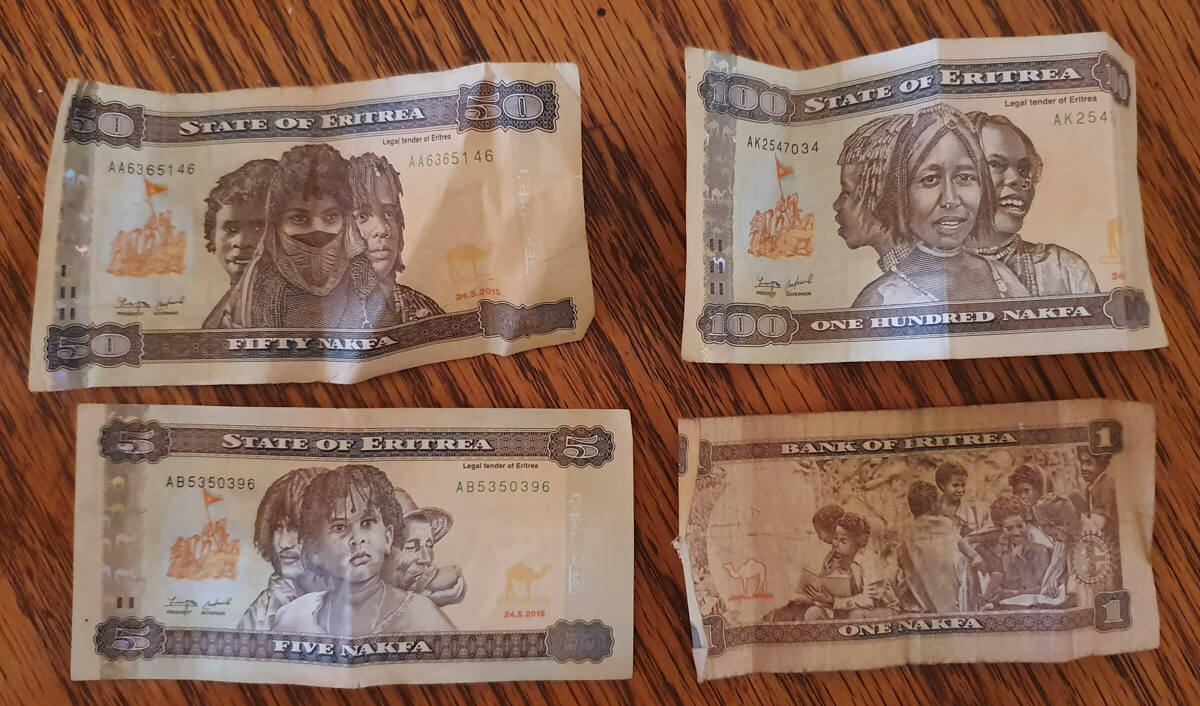 Eritrean notes are pretty cool
Eritrean notes are pretty cool🏨 Accommodation in Eritrea
Eritrea is relatively well-sorted for hotels.
The problem with accommodation is that sometimes it can be very overpriced, but you can find some good options.
Hotels in Asmara
Asmara has, obviously, the best offer of hotels, from 4USD-filthy rooms to top-end.
- Budget: African Village – Best option for backpackers. A majestic colonial building in which you find rooms of all prices, from 10USD rooms with shared bathroom to 30USD. All rooms are impeccably clean. I stayed here on my last night.
- Budget-Mid-range: Top Five Hotel – I stayed here during my first 3 nights in Asmara. The cheapest room you can get costs 20USD, with a private bathroom, and it is just OK, but it is very clean. You can get better rooms paying a bit extra. The hotel’s restaurant is very good and it is always filled with locals.
- Mid-range: Crystal Palace – A fancier hotel with rooms starting at 60USD.
Hotels in Keren
- Budget: Sicilia Hotel – The owner speaks amazing English and his mother impeccable Italian. The rooms are very basic but clean. All rooms cost between 8 and 12USD. It has a great garden/terrace.
- Mid-range: Keren Hotel – The first hotel ever opened in Keren and where most foreigners stay. When I visited Keren, I saw a tour group of around 20 foreigners coming out of the hotel. Unfortunately, I don’t remember the prices, but it should be in the 30-50USD range.
Hotels in Massawa
- Budget: Luna Hotel – This is the best budget option but still, it is very overpriced. Non-AC rooms cost 20USD, and they are extremely basic, with not even plugs and a filthy shared bathroom. Otherwise, slightly better rooms with AC cost nearly 40USD.
- Mid-range: Dahlak Hotel – A fancier hotel next to Luna, with rooms starting at 60-70USD.
🛺 Transportation: How to travel around Eritrea
As long as you have the necessary permits, you can move around Eritrea independently by public transportation.
Traveling around Eritrea by bus
Bus is pretty much the only way to travel between Eritrean towns and cities. There are both minivans and big public buses. I recommend you go early in the morning, otherwise, you may find very long queues and have to wait there forever and, occasionally, pushing hard and getting a bit aggressive is the only way to find a seat.
Traveling around Eritrea by train
The beautiful steam train that used to run from Asmara to Eritrea doesn’t work anymore and today, the only functional section is the one that runs from Asmara to Nefasit and it only works for the occasional tourists who book the whole train in advance. Someone told me that, if you were a group of 15, you would pay around 50USD per person.
Renting a car in Eritrea
In Asmara, I saw more than one rental car office but I am not sure to what extent you can just drive around by yourself. You will need to figure it out by yourself.
 I never rode one of these buses but it would have been nice!
I never rode one of these buses but it would have been nice!Things to do in Eritrea in a 9-day itinerary
You could squeeze this Eritrean itinerary into one week and, probably, I could have visited one or two additional places but I don’t like to rush and, in any case, I was already pretty satisfied with what I managed to visit 🙂
Map of the places to visit in Eritrea
Day 1, 2, 3 – Arrival and visit Asmara
In my experience, Asmara was the highlight of my trip to Eritrea, without a doubt.
Unlike many other African capitals, this is such a peaceful city. Can you imagine an African city in which all cars would let you pass when you cross the street?
The best thing you can do in Asmara is hanging out in the different cafés over a macchiato, searching for good Italian food and checking out the several art deco buildings found across the city.
For more information about Asmara, read: Things to do in Asmara
 Fiat Tagliero building in Asmara, one of the most popular places to visit in Eritrea
Fiat Tagliero building in Asmara, one of the most popular places to visit in EritreaDay 4, 5 – Keren
Predominantly a Muslim city, Keren, the capital of Anseba region, has a sort of Middle Eastern feel, or Sudanese perhaps, but what is obvious is that it is a completely different world from Asmara.
Keren is a super traditional city, in which you are likely to find more donkeys and camels than cars.
The best day to visit Keren is during the animal market (Monday, from 7am to 3pm), a lively market in which Eritreans from all over the Anseba region come to buy and sell livestock, from camels to massive bulls.
Other than that, besides an Italian & British cemetery with soldiers from WWII and a few mosques and churches, there isn’t much to do but the highlight of Keren is the traditional life itself.
 Camel caravan in Keren, on animal market day. The animal market of Keren is one of the best things to see in Eritrea
Camel caravan in Keren, on animal market day. The animal market of Keren is one of the best things to see in EritreaDay 6 – Journey from Keren to Massawa
The journey from Keren to Massawa is a long one (8 hours at least) and if you have time, I recommend you break the journey in Asmara, especially because there are a few places between Asmara and Massawa which are worth checking out.
Whatever you decide, you will need to stop in Asmara because there is no direct bus from Keren to Massawa.
The first big town you find is Nefasit, from where you can hike up to Debre Bizen, a Christian Monastery from where you get stunning views – I missed this place, unfortunately.
But the town I did visit and I recommend you to stop is in Ginda, a beautiful, photogenic green town surrounded by lush green mountains
Day 7 – Massawa
Massawa was one of the cities most affected by the war and here is where you realize the problems the country is going through, as it’s been decades since the end of the war and most buildings are still in ruins.
Ruled by the Ottomans and then the Egyptians, Massawa has a very different from vibe from anywhere else you have been to in Eritrea, not only in the architecture but also in the atmosphere, as the humid and utterly hot weather of this area has made life terribly slow and relaxed.
Things to see in Massawa
- Former Italian Bank – And old Italian building today in ruins
- Imperial Palace – A stunning building which served as the winter residence of Haile Selassie, the emperor of Ethiopia from 1930 to 1974.
- Old City – Check out all the Ottoman buildings.
- Try the local fish – There are many fish restaurants and I recommend you try Selam Fish Restaurant, a very authentic place in which you choose the fish you want to eat.
 Former Italian bank, today destroyed
Former Italian bank, today destroyedDay 8 – Day trip to Foro
Foro is a small town located 50km south of Massawa and pretty much the gateway to the inhospitable and infamous Afar region and the Danakil Depression.
The main reason to come to Foro is for the ruins of Adulis, the most important ancient port of the Axumite Empire, an ancient civilization that ruled in Eritrea and northern Ethiopia for 800 years, from 1st to the 10th century.
The ruins are a couple of km from Foro but guess what.
I didn’t visit the ruins.
I didn’t visit them for the simple reason that it was market day (Thursday) and people from all over the region attend that market, including many Afar & Soho, so I preferred to enjoy that unique, super offbeat place.
In any case, I am not a big fan of visiting ruins and, apparently, the site is very much in ruins, so unless you know the history, you would need a lot of imagination to enjoy the place.
 In Foro, Eritrea
In Foro, EritreaExtend your Eritrea itinerary
If I had more days to visit Eritrea, I would have visited the following places:
Dahlak Islands –Dreamy islands just in front of Massawa. However, getting to these islands is very expensive, plus you need to get the permit at the National Museum of Asmara. Ask the tourism office for more information.
Mendefera – Traditional Tigrinya city in the south of the country.
Qohaito – Some very important ruins and a stunning canyon.
How did you find this comprehensive travel guide to Eritrea? Got any comments or suggestions? Post them in the comments section 🙂
❗ More information for traveling to Eritrea and the Horn of Africa
📢 In my Travel Resources Page you can find the list of all the sites and services I use to book hotels, tours, travel insurance and more.
A guide and article for traveling in Eritrea destination
Travel guides to other countries in Africa
- Ethiopia Travel Guide
- Somaliland Travel Guide
- Travel Guide to Sudan
- Travel Guide to Egypt
- Libya Travel Guide
- Mali Travel Guide
- Travel Guide to Mauritania
- Tunisia Travel Guide
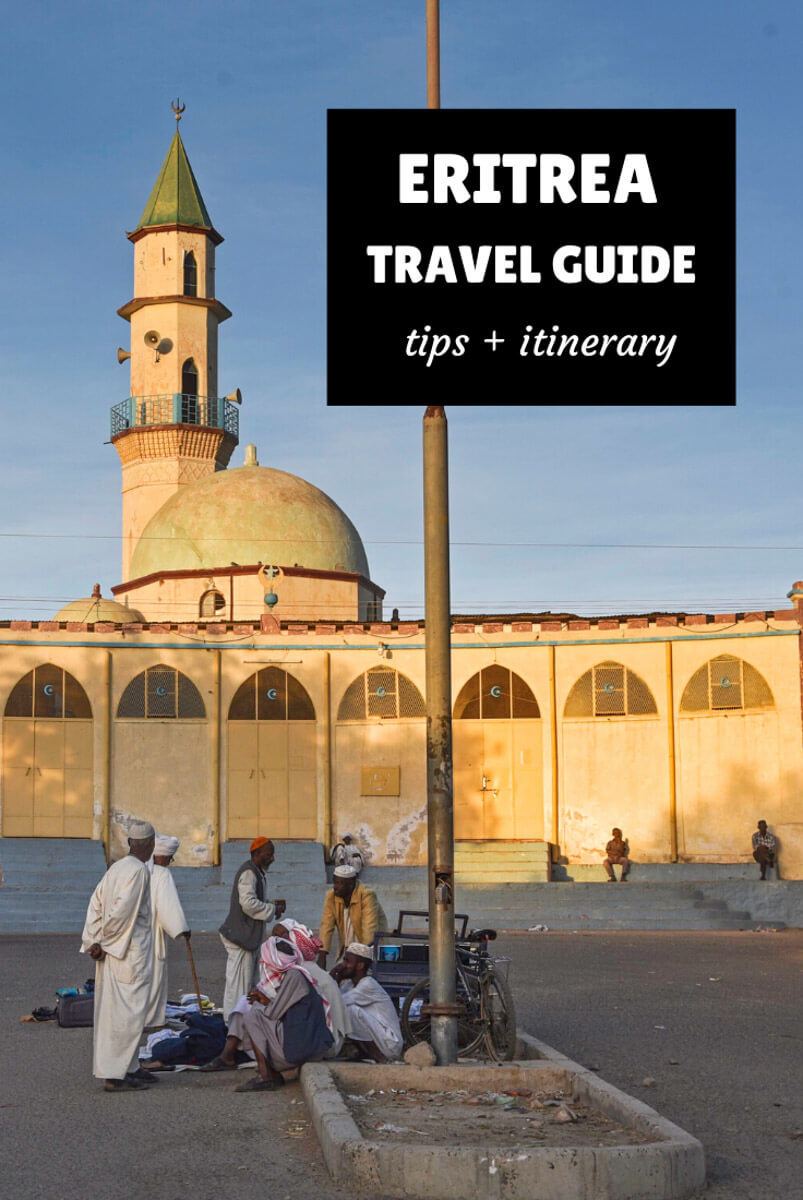

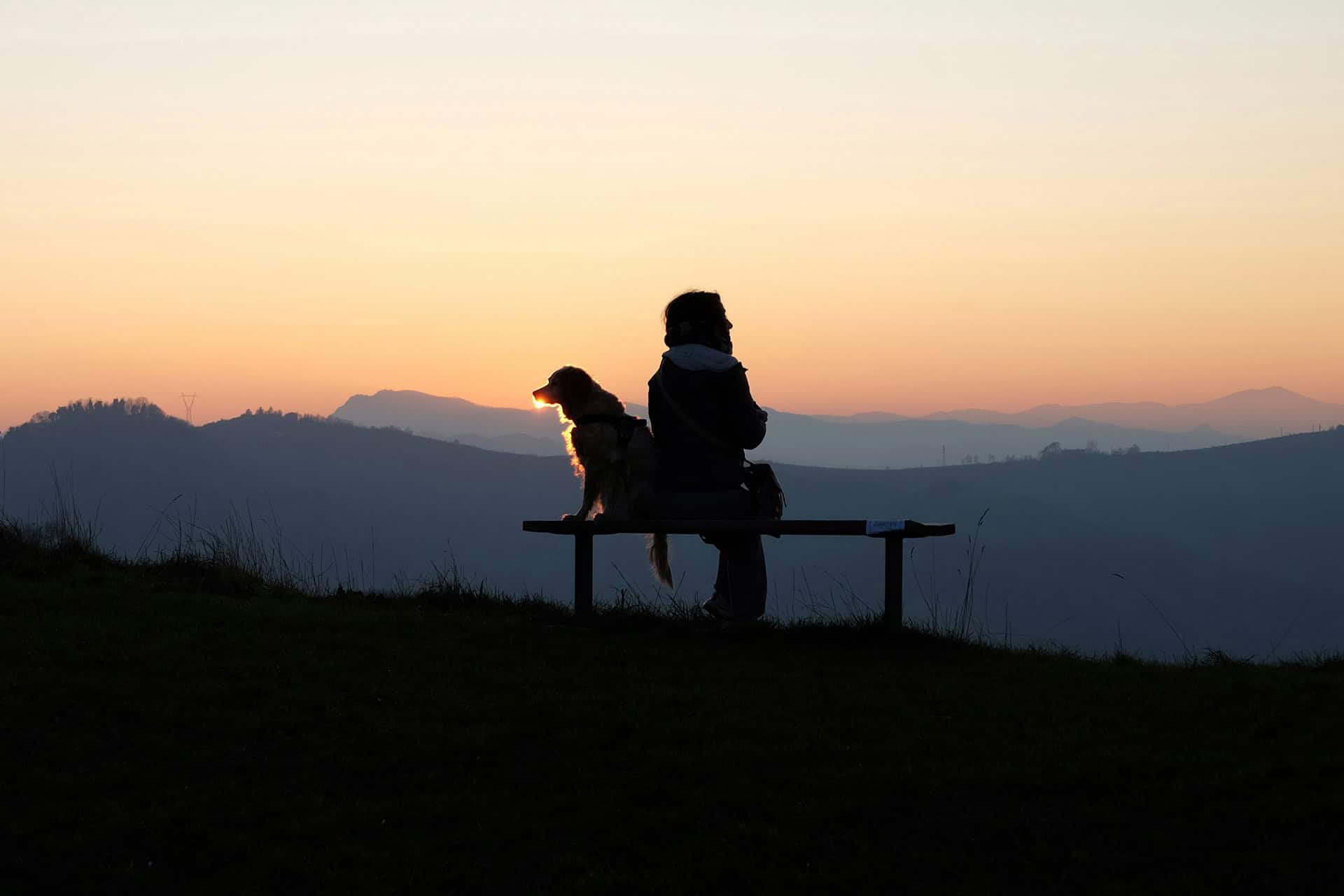

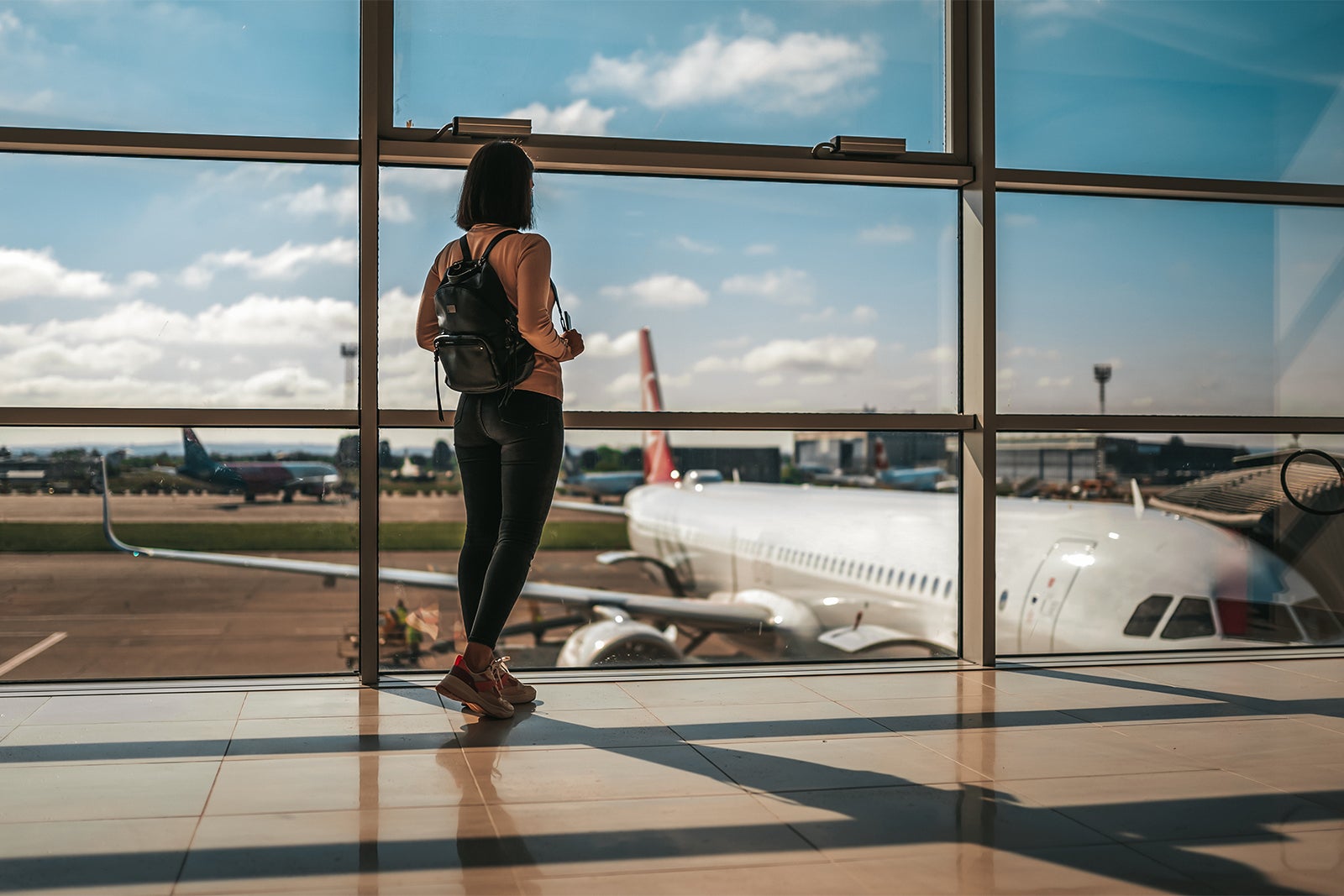


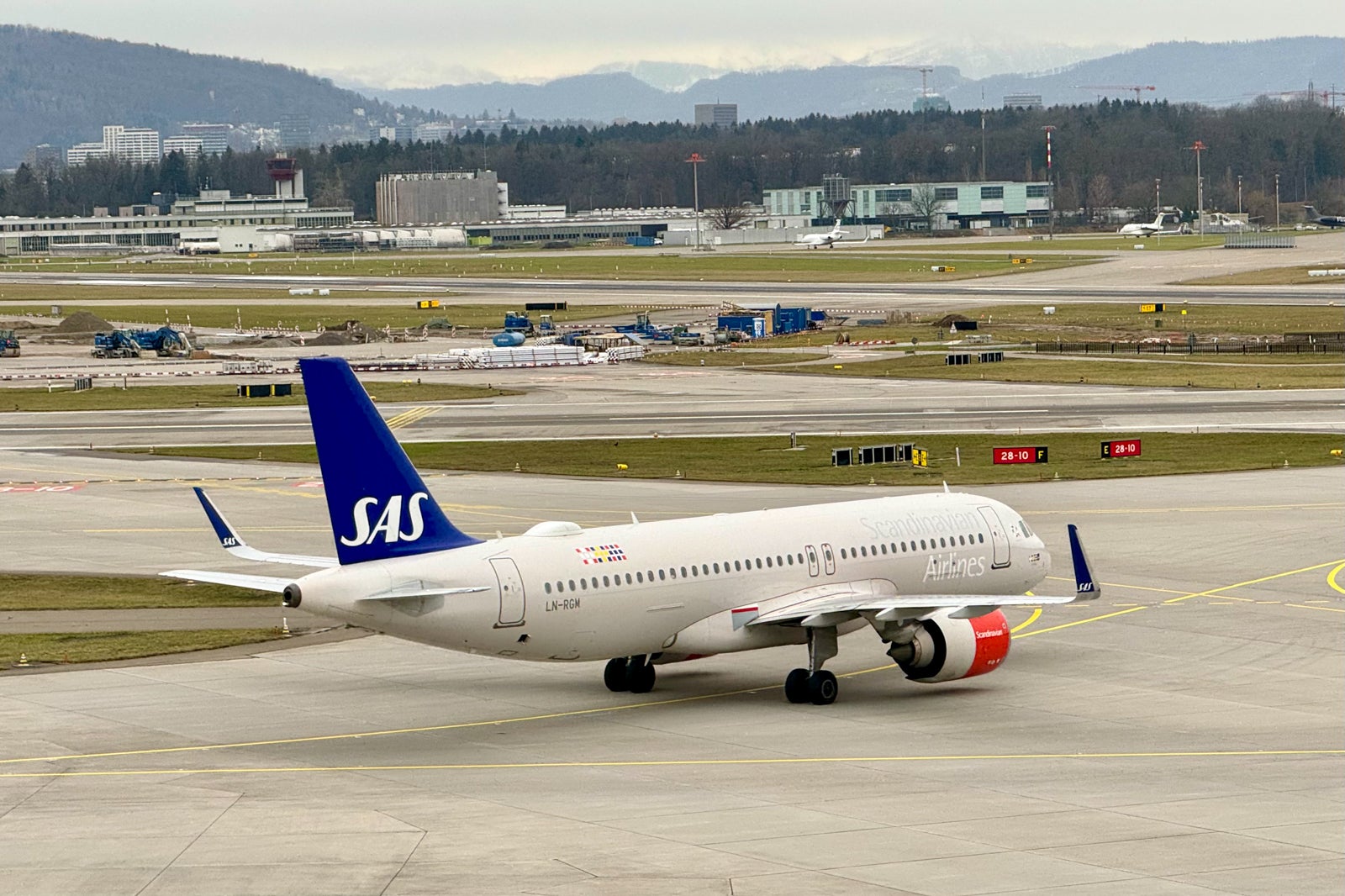




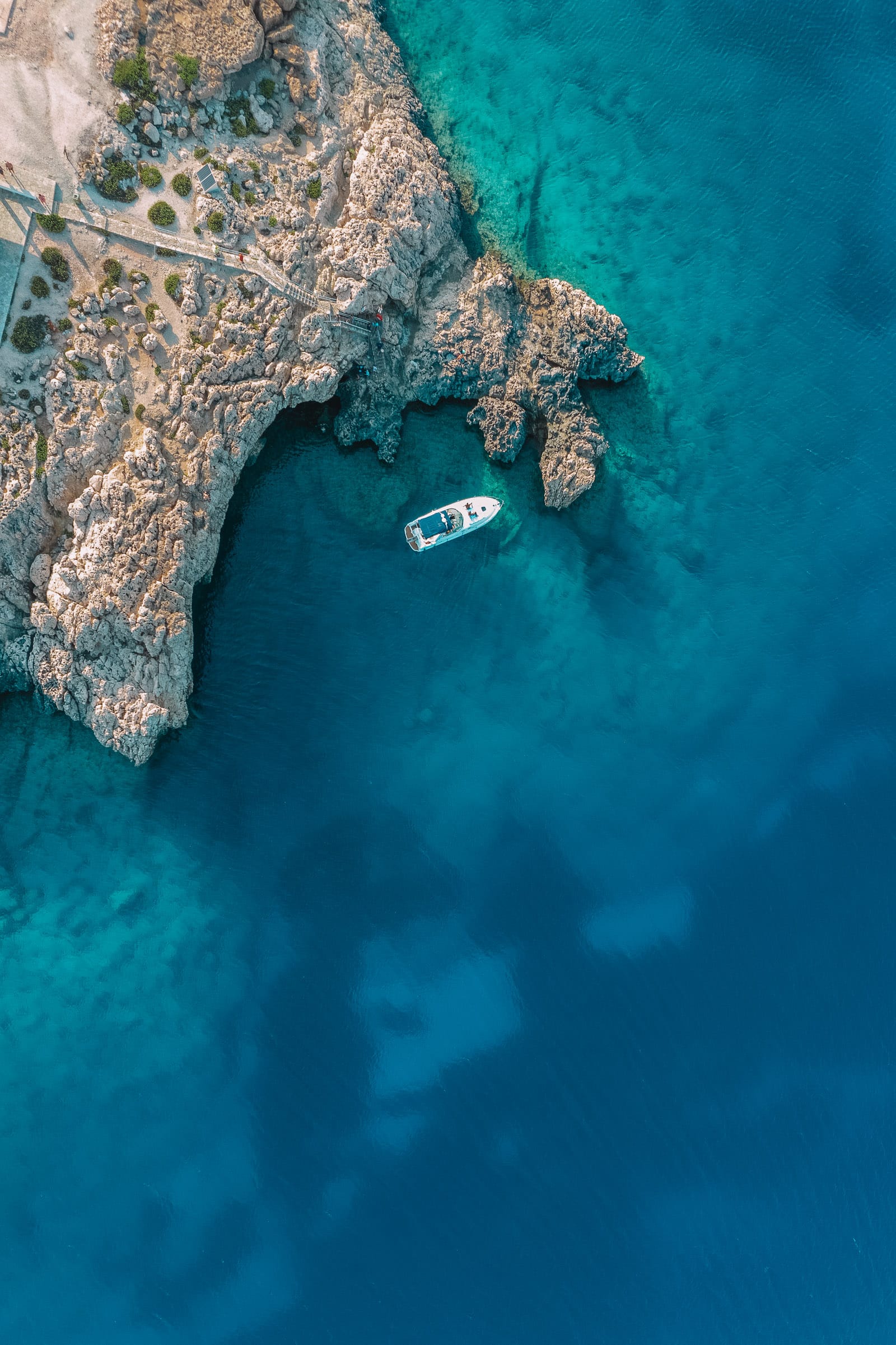

![GoPro HERO 13 Review – The Ultimate Camera Guide [2024]](https://www.nomadasaurus.com/wp-content/uploads/2024/09/GoPro-HERO-13-Black-Review-Feature-Image.jpg)


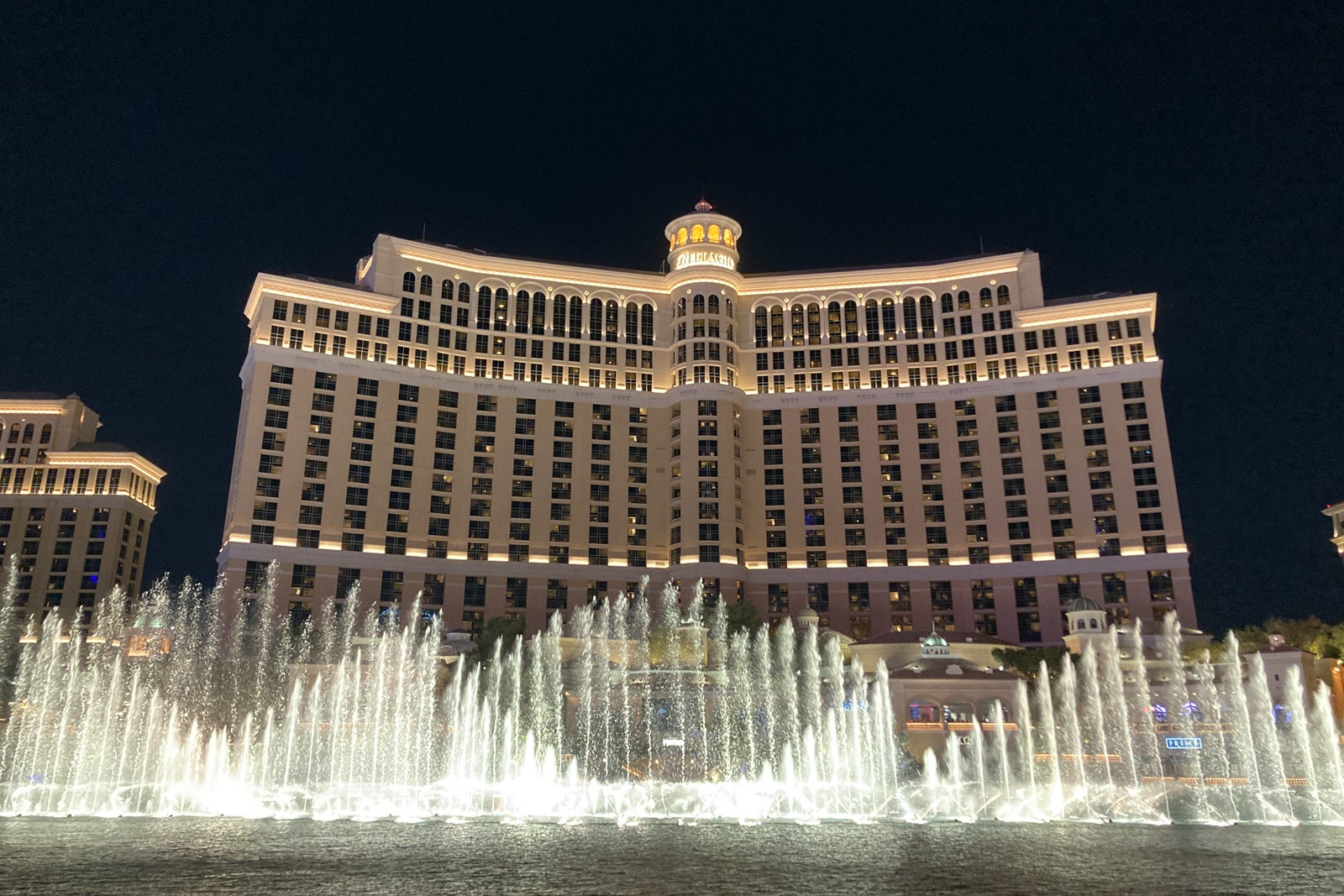

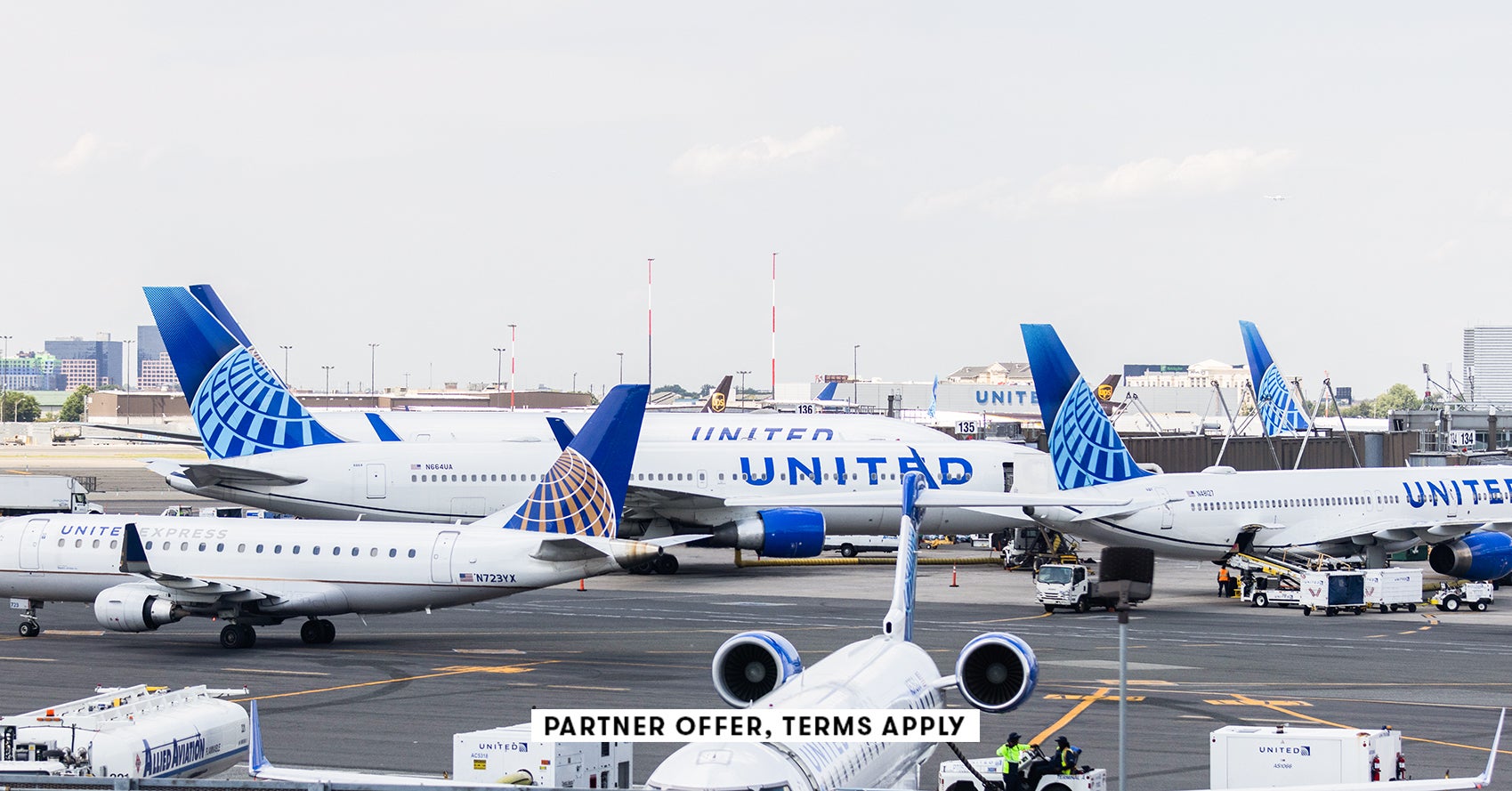
 English (US) ·
English (US) ·